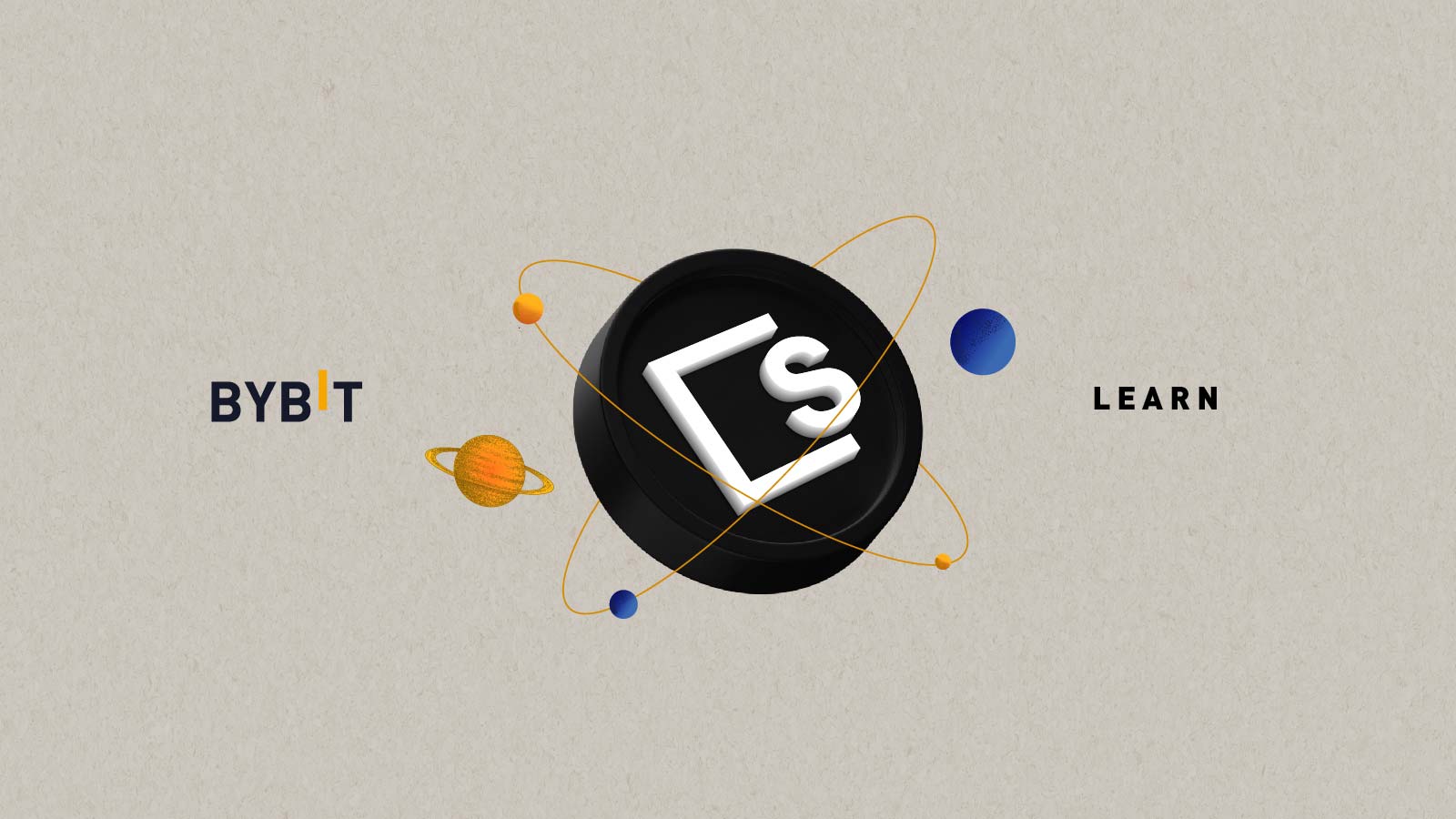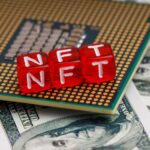If you’re looking to invest in a coin that is going to be the next big thing, you need to keep an eye on SKALE. It has some unique architecture that makes it a great project to get involved with. The main reason for this is its upcoming release of Linear Scaling technology, which is a way to increase the speed of its blockchain. In addition, SKALE is also working on a second hub called Calypso, which is a new project that’s going to give users a lot of options when it comes to sidechains. In this article, we will discuss the most important question : how many blockchains can be created in the skale ecosystem ?
Also Read: blockchain near 10bhuetbloomberg protocol 350m tiger
SKALE’s unique architecture
SKALE is a decentralized network of nodes, which provides an Ethereum-as-a-Service platform. It offers high throughput and flexibility, while delivering a complex blend of features.
SKALE was founded by Jack O’Holleran and Stan Kladko, who are both well-versed in cryptography and enterprise infrastructure technology. They bonded over their interest in cryptocurrencies. Having experienced scaling issues on the Ethereum network, they decided to create a solution.
SKALE offers an open, collaborative network for developers. Developers can build and operate sidechains that work seamlessly with the main Ethereum chain. This creates a low-cost, scalable platform that can accommodate many DApps.
In addition, the SKALE ecosystem is based on the Proof-of-Stake (POS) model, which rewards validators for validating transactions. Validators can earn rewards through inflation and fees charged to Dapp developers. As the network grows, new nodes are added to the system, which increases the overall capacity of the SKALE infrastructure.
SKALE is open source, which means that developers can contribute by writing code and documentation. They can also apply for project grants.
SKALE uses a pooled security model to protect the integrity of the network. There are 16 virtualized subnodes, which run the Ethereum Virtual Machine. Each one of these nodes uses a certain amount of resources from the Core Node, which ranges from 1/128 for a small node to 1/16 for a medium node to 1/1 for a large node. Using this approach, SKALE’s network is able to scale to meet the needs of a variety of users.
The SKALE ecosystem includes a native token, called SKL, which can be used to access the Dapps hosted on the SKALE network. These tokens have a circulating supply of 50,000,000 XRP.
SKALE’s first live blockchain with Linear Scaling
SKALE is a multi-chain, interoperable blockchain network that allows for rapid, scalable and secure operations. Its unique containerized subnodes offer developers options that are on par with centralized systems. This allows dApps to use different sidechains for different functions.
The SKALE network combines the advantages of Ethereum with a broader range of features. For example, SKALE has a proof of stake system that does not rely on energy consumption to mine cryptocurrency. As a result, it can process 12,000 transactions a second.
SKALE also supports machine learning to verify synthetic assets. Using machine learning, a developer can use SKALE’s network to perform instant finality on non-fungible tokens.
Aside from being a multi-chain network, SKALE is also optimized for the Web3 user experience. This helps improve the speed of interactions between users. In addition, it has no gas fees for end-users.
SKALE’s newest feature will allow for more interoperability. As a result, developers can create and test new chains and increase the system’s computational power.
SKALE has a pooled security model that lets users send data between the different chains without sacrificing security. Another benefit is that SKALE is designed to work seamlessly with all Ethereum protocols.
SKALE’s latest upgrade will allow users to hop between chains in less than a minute. This will eliminate high gas fees and allow for more efficient transactions.
To facilitate the process, SKALE has introduced the Node Monitoring Service. This runs on each node and monitors performance on the entire network.
SKALE has also introduced an ecosystem incentive fund. Developers can apply for project grants, which can be awarded in fiat or in the form of non-fungible tokens.
SKALE’s second hub is Calypso
SKALE is an open source elastic blockchain network protocol that supports a range of unique companies and organizations. The platform offers speed, decentralization and security. It also provides users with the ability to build dapps that are immune to network fees.
SKALE is built on the Ethereum platform and uses a pooled security model. This model allows independent dapp developers to create chains that are compatible with the SKALE network. All SKL token holders have the opportunity to participate in governance. There is a minimum stake of 20 million SKL. Each validator needs to meet the hardware requirements of the network.
SKALE is an ideal platform for developers who want to create dapps that are free from network fees. However, SKALE’s zero-fee system can be vulnerable to network attacks. SKL tokens are available on the market at a valuation of $210 million.
As part of its vision to grow the NFT space, SKALE has announced the integration of NFTrade, an industry-leading decentralized NFT marketplace. According to the company, the platform is expected to launch in Q4.
One of the most popular dapp chains on SKALE is CryptoBlades, a multi-chain play-to-earn PVP game. The chain has generated over $1,225 in secondary trading volume in the past 30 days.
Another important component to the SKALE strategy is its Hubs. These are dedicated chains that reduce friction when bridging assets. They are run by different organizations within the community. They receive additional support from the SKALE Foundation.
SKALE’s main hub is the Calypso Hub, a decentralized commerce and NFT bridging platform. It features 11 active dapp chains. Users can exchange NFTs without gas fees.
SKALE coin
The SKALE ecosystem is made up of several components, including a smart contract, a manager, and a number of sidechains. Its features include low latency, secure transactions, and low fees.
SKALE is a hybrid Layer-2 and Layer-1 network that operates on the Ethereum platform. It is designed to improve the performance of Dapps on the Ethereum network. By creating sidechains, SKALE helps alleviate congestion in the main network.
SKALE uses a proof-of-stake protocol that allows for optimized resource allocation. In addition, a limited total supply of tokens acts as an anti-inflation mechanism. These features make SKALE an eco-friendly alternative to other networks.
SKALE also has a unique structure for its subnodes. This innovative containerized architecture enables developers to achieve enterprise-grade performance.
One of the primary advantages of SKALE is that it has no gas fees. Gas fees can be a major challenge for Dapp developers.
To address this issue, SKALE has created an infrastructure that can create highly scalable sidechains. This allows for a greater number of transactions through the Ethereum network.
SKALE’s sidechains also help optimize storage, security, and speed. Developers can customize them to fit their specific needs.
For instance, a game could pay a monthly fee instead of an instant transaction fee. Unlike other blockchains, SKALE offers a wide variety of use cases, allowing games to operate on multiple sideschains, while storing files on the main chain.
Using SKALE’s network, developers can test out new features without impacting the main network. SKALE’s sidechains allow for fast execution of functions, which makes the network a great place to build Dapps.
Another advantage of SKALE is the ability to connect to marketplaces such as OpenSea. SKALE also has its own transactions, allowing users to send and receive tokens.
SKALE’s sidechain solutions
The Skale Network is a fee-free, subscription-based decentralized network that provides secure and low-latency sidechains. It is compatible with the Ethereum platform.
The SKALE protocol allows developers to quickly and easily create highly configurable blockchains. They can choose a chain size, select a parent chain, and select consensus protocols.
The SKALE Protocol is a proof-of-stake network, which means that it encourages proper behavior among network members. This lowers the ecological footprint of the network, which makes it easier to perform transactions.
The SKALE ecosystem includes the SKALE Manager, which serves as the gateway to all other smart contracts. A SKALE coin represents the right to operate as a delegator on the system.
SKALE uses a hybrid Layer-1 and Layer-2 model. This makes it ideal for both Dapps and Web2 applications. In addition, it facilitates faster transactions in the sidechain ecosystem.
SKALE is backed by industry leaders, such as Winklevoss Capital and Spartan. It also has received funding from Floodgate, Signia Venture Partners, Multicoin Capital, and ConsenSys Labs.
When it first launched, SKALE had a restricted version, but it plans to roll out mainnet in three phases by 2020. Each phase will introduce new features and capabilities. These include the ability to jump between chains in under a minute and eliminate high gas fees.
SKALE has also built contingency plans for a network that is unavailable. It has a robotic agent that can restore nodes, and a security crisis management team.
Using the SKALE protocol, developers can create highly customizable Elastic Sidechains. This infrastructure solves scaling problems and increases the amount of transactions on the Ethereum network.


